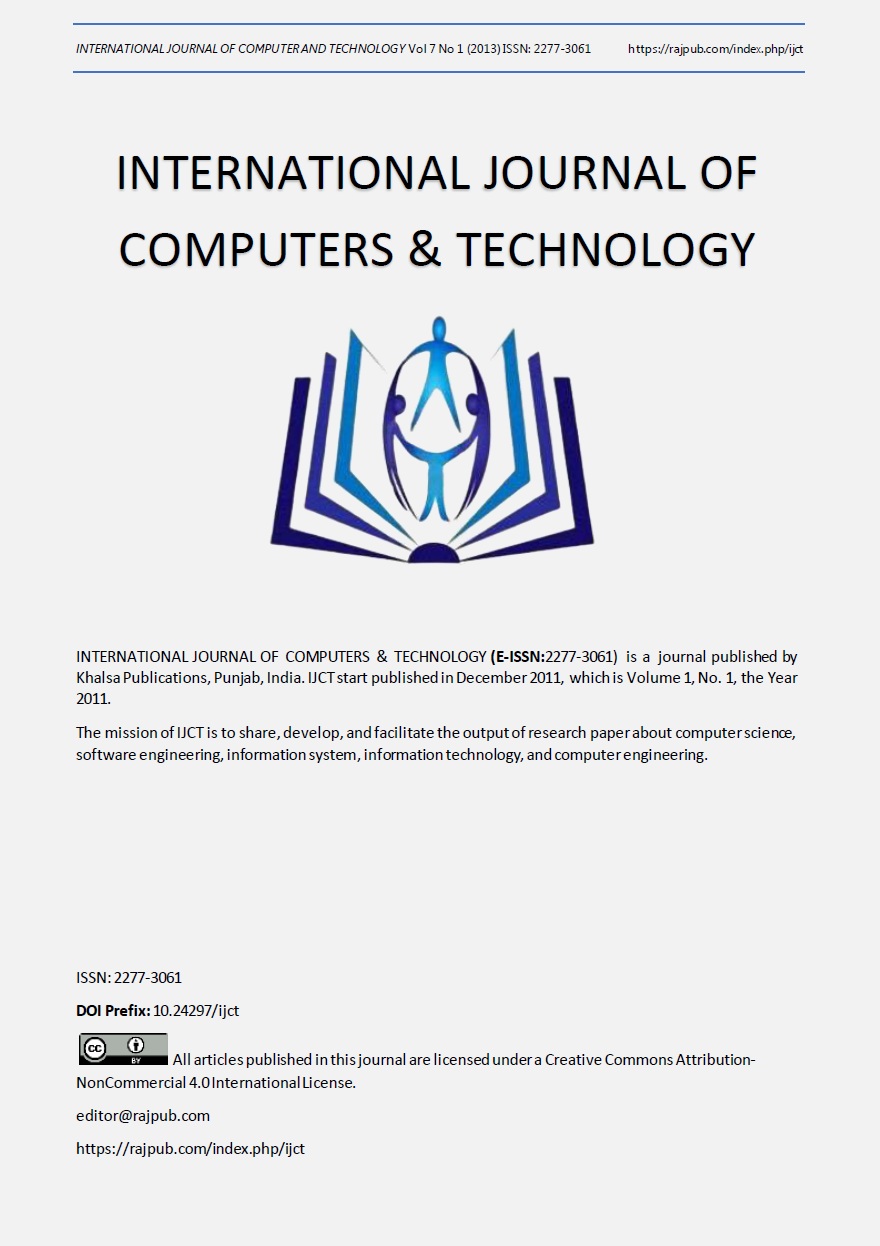A Review on associative classification for Diabetic Datasets A Simulation Approach
DOI:
https://doi.org/10.24297/ijct.v7i1.3483Keywords:
Data Mining, Association Rule, Back propagation neural network, Class association rules.Abstract
Association rules are used to discover all the interesting relationship in a potentially large database. Association rule mining is used to discover a small set of rules over the database to form more accurate evaluation. They capture all possible rules that explain the presence of some attributes in relation to the presence of other attributes. This review paper aims to study and observe a flexible way, of, mining frequent patterns by extending the idea of the Associative Classification method. For better performance, the Neural Network Association Classification system is also analyzed here to be one of the approaches for building accurate and efficient classifiers. In this review paper, the Neural Network Association Classification system is studied and compared in order to find best possible accurate results. Association rule mining and classification rule mining can be integrated to form a framework called as Associative Classification and these rules are referred as Class Association Rules. This review research paper also analyzes how data mining techniques are used for predicting different types of diseases. This paper reviewed the research papers which mainly concentrated on predicting Diabetes.









